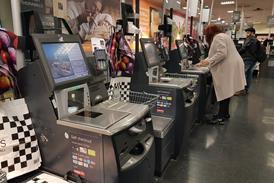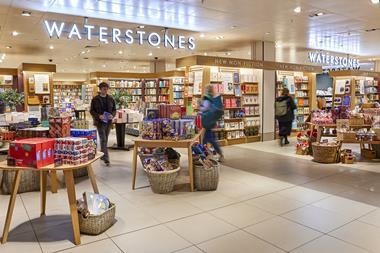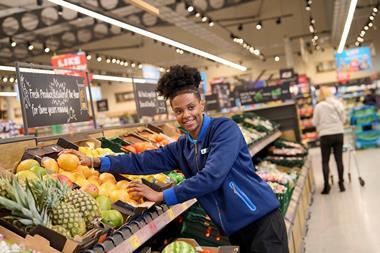Marks & Spencer delivered strong food sales growth in the late summer, when it benefited from both shoppers treating themselves during the holiday period and its branded food roll-out.
M&S’s sales by value rose 7% in the 12 weeks to August 7, data from market analyst Nielsen showed. The increase was ahead of big grocers such as Asda and Tesco but still lagged arch-rival Waitrose, which recorded a 10.8% advance in the period.
Nielsen senior manager, retailer services, Mike Watkins said M&S’s performance showed its food division “was clearly in a better place” and the addition of branded products to the range may be helping. However, he said it was not possible to draw longer-term conclusions from the performance.
Arden analyst Nick Bubb was impressed by the numbers, and particularly by M&S’s food uplift over the last four weeks of the Nielsen period.
He upgraded the retailer from reduce to neutral and said: “The much better than anticipated 10.1% food sales growth for the four weeks to August 7 is almost too good to be true as, if sustained, it would imply about 7% to 8% like-for-like sales growth and that would blow away profit forecasts.
“But there was nothing odd about the comp for the period and the sales growth does not appear to have been brought about by price-cutting. It may just be that the roll-out of third-party brands, which is much more evident now in-store and has been well executed, is increasing average customer spend at last and making M&S food a better shopping proposition.”
Last week M&S bosses hosted a tasting evening for City analysts, when the retailer showed off its food and wines. Bubb said their body language was “noticeably relaxed” and moved his profit forecast up by £15m to £685m.
Investec analyst Katharine Wynne, who also attended the tasting, said the retailer aims further to improve its food business by leveraging the implementation of SAP and data from the M&S card in order to range its food offer store by store.
She said: “The benefits lie both in maximising sales from an offer better tailored to the local catchment - of particular relevance given the disparate nature of M&S’s food store portfolio - and reducing waste, a material cost given the short shelf life bias of the product.”
She said M&S is focusing on new product development rather than the price message of the past two years.











![Ollie Pryor[46]](https://d53bpfpeyyyn7.cloudfront.net/Pictures/274x183/1/7/1/3119171_olliepryor46_336332_crop.jpg)
















No comments yet